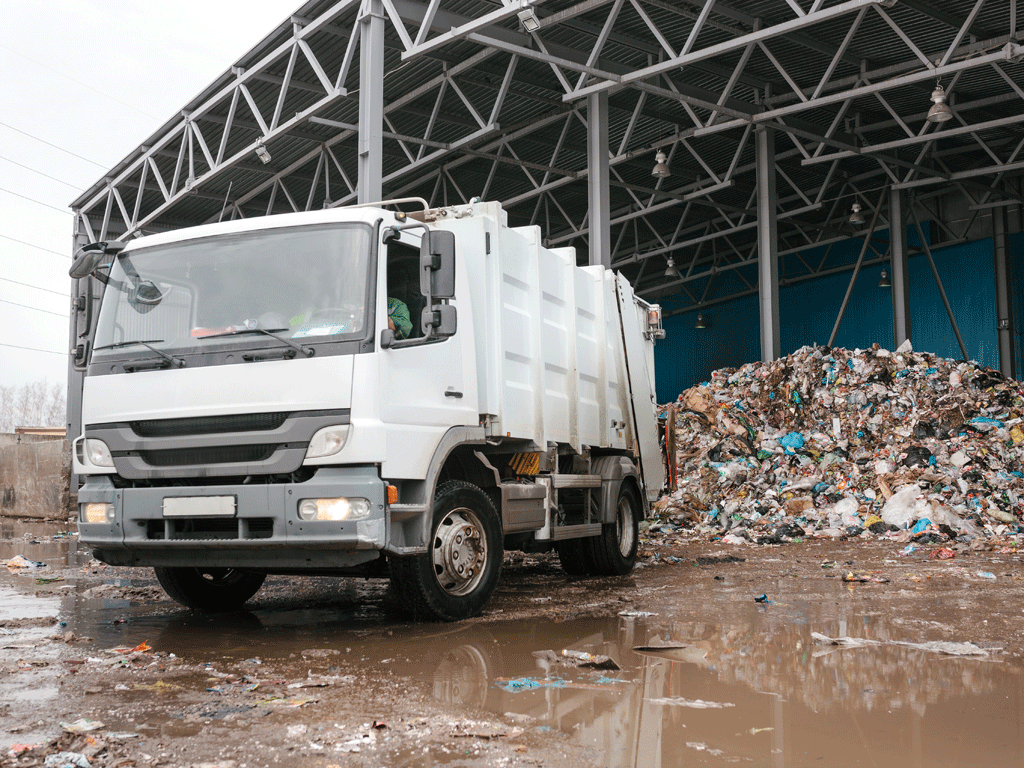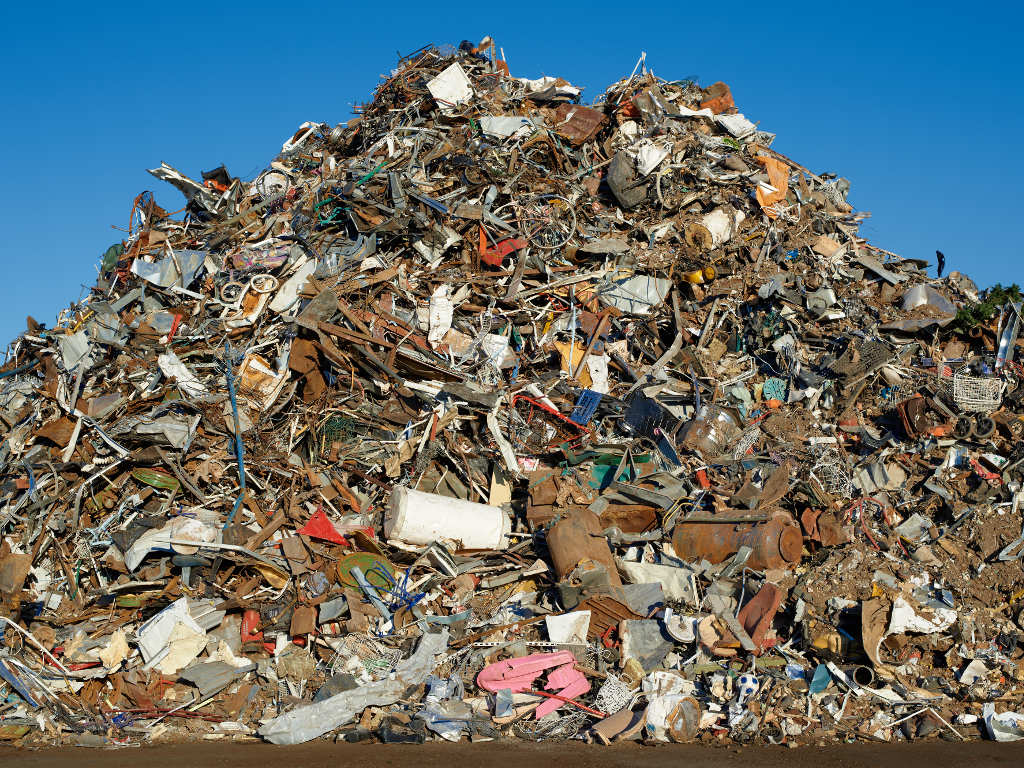Available waste inadequate for Serbian cement plants – Producers ready for import as well
Source: eKapija
 Wednesday, 01.11.2017.
Wednesday, 01.11.2017.
 13:54
13:54
 Wednesday, 01.11.2017.
Wednesday, 01.11.2017.
 13:54
13:54
Illustration (Photo: franz12/shutterstock.com)

That this example of transporting coal from across the globe in order for it to be burnt at 1,450 degrees in under a minute in the furnaces in Beocin is not a metaphor, but a real state of things at Lafarge Serbia, is also shown by the fact that the company considerably reduced the share of waste materials used in its production process as opposed to solid fossil fuels in 2016.
There are two reasons for this, they explain. The price of coal in the world market was extraordinarily low and, far more important for Serbia, the waste material suitable for replacing coal is either non-existent, unavailable or badly prepared here.
As Dimitrije Knjeginjic, director of Lafarge Serbia, says for eKapija, the cement plant is ready to take over “all the waste no longer needed by anyone and unsuitable for recycling or any other purpose”.
– We are not interested in something that can still have added value and is recyclable. Instead, we are looking to use the waste which is being disposed of without control, polluting water, air and soil – he said.
He also reminds that, for a number of years now, the global tendency was for cement plants to be used to solve the issue of waste disposal and that more and more such companies have entirely stopped utilizing natural resources in the production process.
(Photo: wiklander/shutterstock.com)

On the other hand, in Serbia, this process is still far below that, and the Beocin plant manages to replace 30-40% of natural resources with waste, whereas the average percentage in all three local cement plants is around 22%.
There are several reasons why Serbia is behind world standards in this field as well, says Roland Fekete, Industrial Ecology Manager at the Beocin plant.
– Serbia needs MBT plants, that is, facilities for mechanical-biological waste treatment – he says and explains that nearly all countries in the region have several such facilities, where waste is adequately prepared and sorted in order to be used further on.
At the moment, Fekete adds, cement plans in Serbia have a lot of problems in implementing waste in the production, as the waste that reaches them features a high degree of humidity and is full of materials that need to be further sorted and treated, which makes its usage drastically more expensive.
Knjeginjic illustrates how big an expense this is by saying that cement plants in Serbia have been using waste as fuel since 2008, but that his company has not yet earned a dinar from using this type of alternative fuel.
– On the contrary, we have invested a lot of money in the construction and adaptation of the necessary facilities in order to be able to process large amounts of waste. They are now either empty or operating at a considerably reduced capacity – Knjeginjic says and adds that “although Serbia is full of illegal and regular landfills, there's simply no quality waste”.
Furthermore, he adds, Serbia is still the only country in the region which forbids the import of non-hazardous waste. Although the market offers waste from Ljubljana or Zagreb, local cement plants are not able to buy it, which makes them less competitive than their foreign counterparts from the outset, so much so that the price of their product per ton is up to EUR 15 higher due to a lack of quality waste.
(Lafarge Serbia) Only 10% of the disposed waste is currently usable in Serbia, Dejana Milinkovic, director of the association Cement Industry of Serbia (CIS), comprised of Lafarge, CRH Novi Popovac and Titan Kosjeric, says for eKapija. She sees a more decisive involvement of the state as the only realistic solution to this problem.
– Disposing of waste at the landfills is, simply put, the worst possible solution, both from the angle of economic calculations and from the angle of ecology and environmental protection. Due to this, it is necessary to adopt regulations and ensure that they are enforced, regarding both the sorting of waste and the implementation of waste disposal fees. As long as it is cheaper to put everything in a landfill and get rid of the waste that way, there will be no progress – Milinkovic says.
She emphasizes that Serbia is now below the level of the worst EU countries looking by the percentage of replacing fossil fuels with waste-derived fuels.
Today, cement manufacturers in Serbia process close to 50,000 tons of waste a year as a source of energy and around 320,000 tons of waste as replacement for natural resources through co-processing, an environmentally acceptable way of utilizing waste.
– We are ready, like the developed EU countries, to offer solutions for utilizing considerable amounts of various types of waste in a safe, secure and controlled way – Milinkovic says and repeats that it is necessary to regulate the waste market, “so that factories would have an easier access to sufficient amounts of waste, especially of the non-organic, municipal and industrial, oil and other varieties”.
Knjeginjic therefore suggests that Serbia should follow the example of numerous European countries which have solved the problem of waste by implementing fees for waste disposal at landfills and severe penalties for illegal dumps.
– The Ministry of Environmental Protection should propose, and the Government of Serbia should adopt, a fee of, say, EUR 100 per ton of waste disposed of at a landfill. In that case, everyone would immediately ask for waste separation containers, as they would cost them nothing – he believes.
Milos Vlahovic
Companies:
 CIS Beograd
CIS Beograd
 LAFARGE BFC SRBIJA DOO BEOÄŚIN
LAFARGE BFC SRBIJA DOO BEOÄŚIN
 Moravacem d.o.o. Popovac
Moravacem d.o.o. Popovac
 TCK DOO KOSJERIĆ
TCK DOO KOSJERIĆ
 Ministarstvo zaštite životne sredine Republike Srbije
Ministarstvo zaštite životne sredine Republike Srbije
 Vlada Republike Srbije
Vlada Republike Srbije
Tags:
Cement Industry of Serbia
CIS
CRH Novi Popovac
Titan Kosjeric
Ministry of Environmental Protection
cement plants in Serbia
cement manufacture in Serbia
waste disposal
waste
production of cement
cement
coke
cement plant in Beocin
cement plant in Novi Popovac
cement plant in Kosjeric
fossil fuels
Dimitrije Knjeginjic
recycling waste
cement industry
cement furnaces
non hazardous waste
hazardous waste
Roland Fekete
industrial ecology
MBT plants
mechanical biological waste treatment
waste sorting
waste treatment facility
illegal landfills
non sanitary landfills
import of non hazardous waste
import of waste
Dejana Milinkovic
coprocessing
co processing
non organic waste
municipal and industrial waste
waste oils
oil sludge
waste disposal fee
waste separation containers
Comments
Your comment
Most Important News
Full information is available only to commercial users-subscribers and it is necessary to log in.
Follow the news, tenders, grants, legal regulations and reports on our portal.
Registracija na eKapiji vam omogućava pristup potpunim informacijama i dnevnom biltenu
Naš dnevni ekonomski bilten će stizati na vašu mejl adresu krajem svakog radnog dana. Bilteni su personalizovani prema interesovanjima svakog korisnika zasebno,
uz konsultacije sa našim ekspertima.


 Izdanje Srbija
Izdanje Srbija Serbische Ausgabe
Serbische Ausgabe Izdanje BiH
Izdanje BiH Izdanje Crna Gora
Izdanje Crna Gora


 News
News






